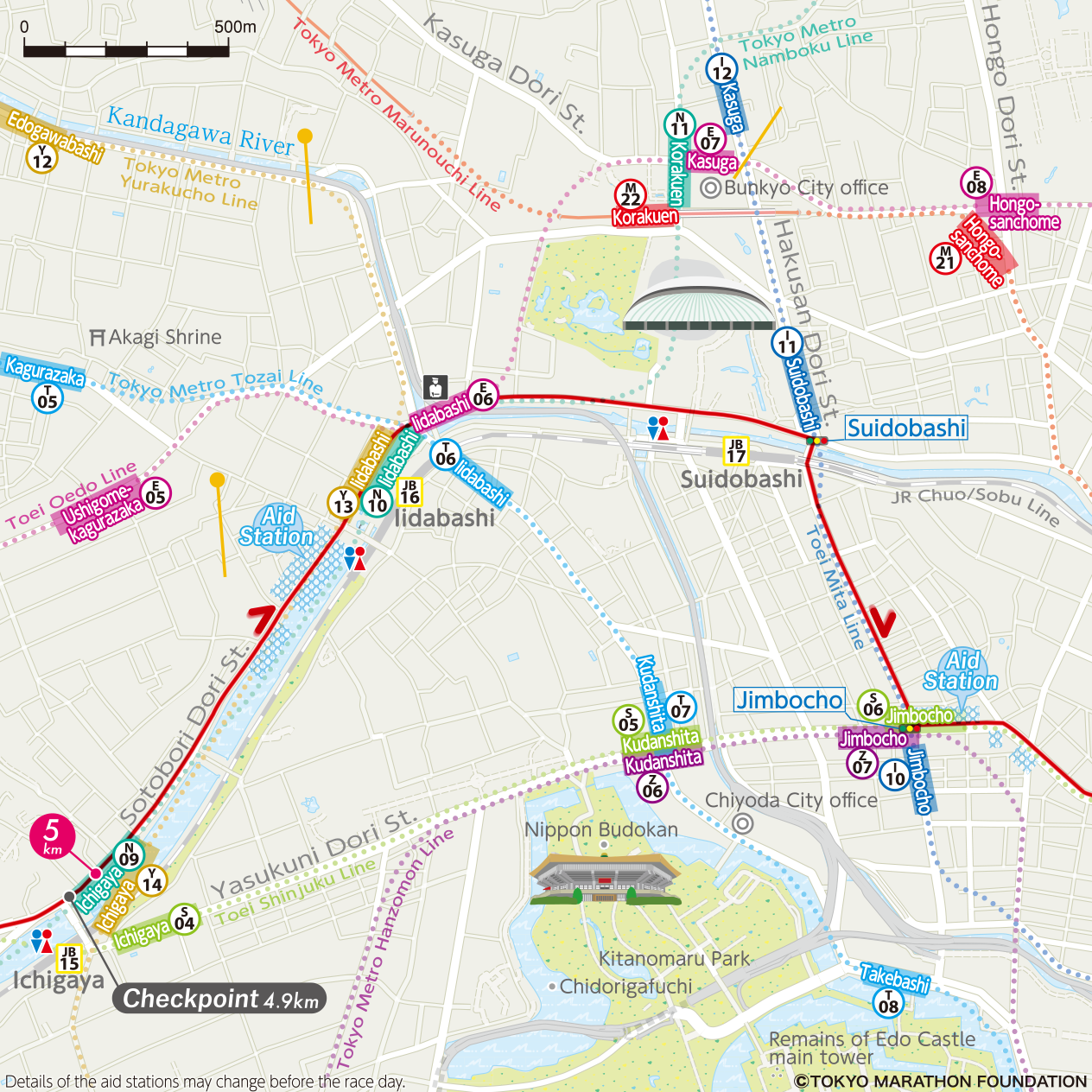Iidabashi/
Kudanshita
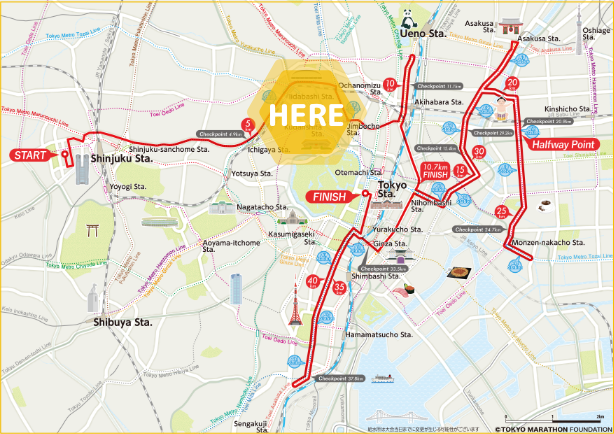
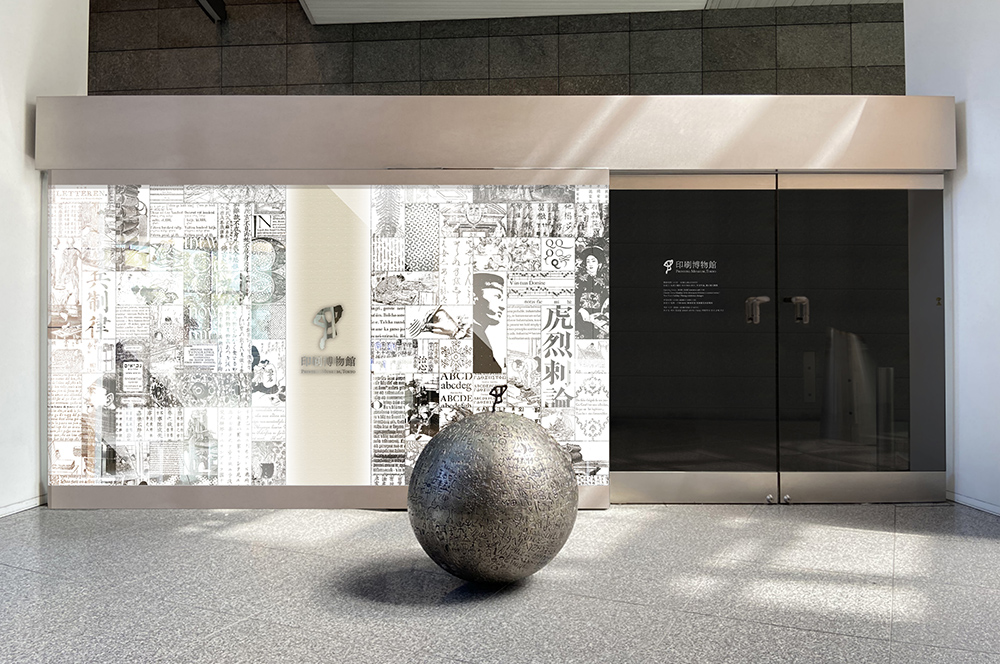
❶ Printing Museum, Tokyo
This museum introduces the history and evolution of printing technology. See a variety of related exhibits, from ancient techniques to modern technology. The printing studio occasionally holds various workshops to experience letterpress printing firsthand.Edogawabashi (Subway), Iidabashi (JR, Subway), Korakuen (Subway)
https://www.printing-museum.org/en/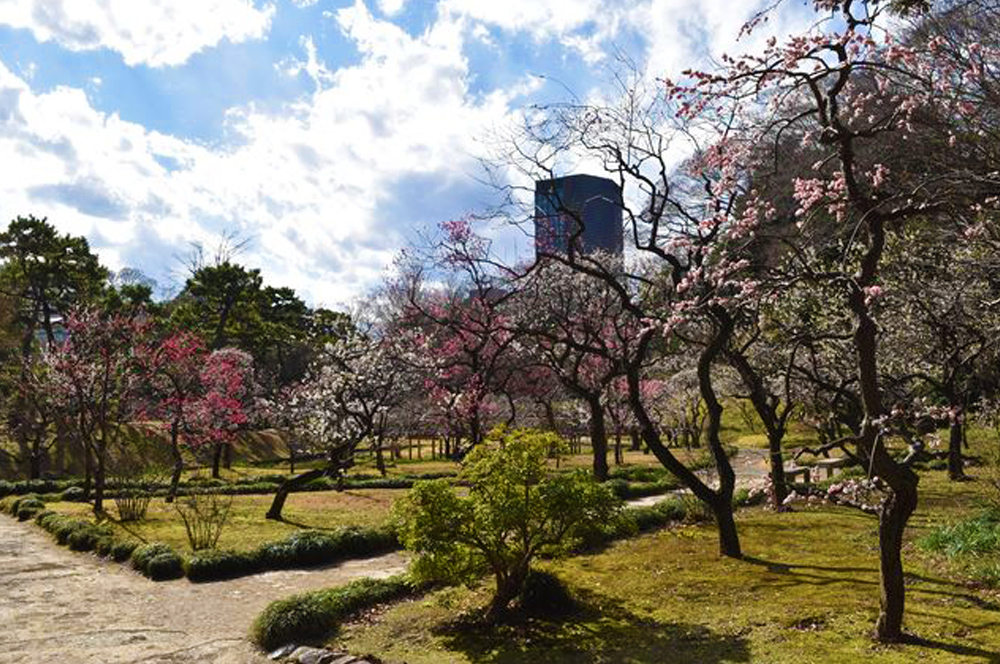
❷ Koishikawa Korakuen Gardens
This is a garden completed in 1629 during the beginning of the Edo period. There are landscapes named after famous Chinese landmarks, and visitors can enjoy gardens with a Chinese flair. The landscapes modeled after various Japanese spots such as Ocean(lakes), mountains, rivers, and rice fields are also skillfully expressed, and it is beloved as an oasis in the city.Suidobashi (JR, Subway), Iidabashi (JR, Subway), Korakuen (Subway)
https://www.tokyo-park.or.jp/park/format/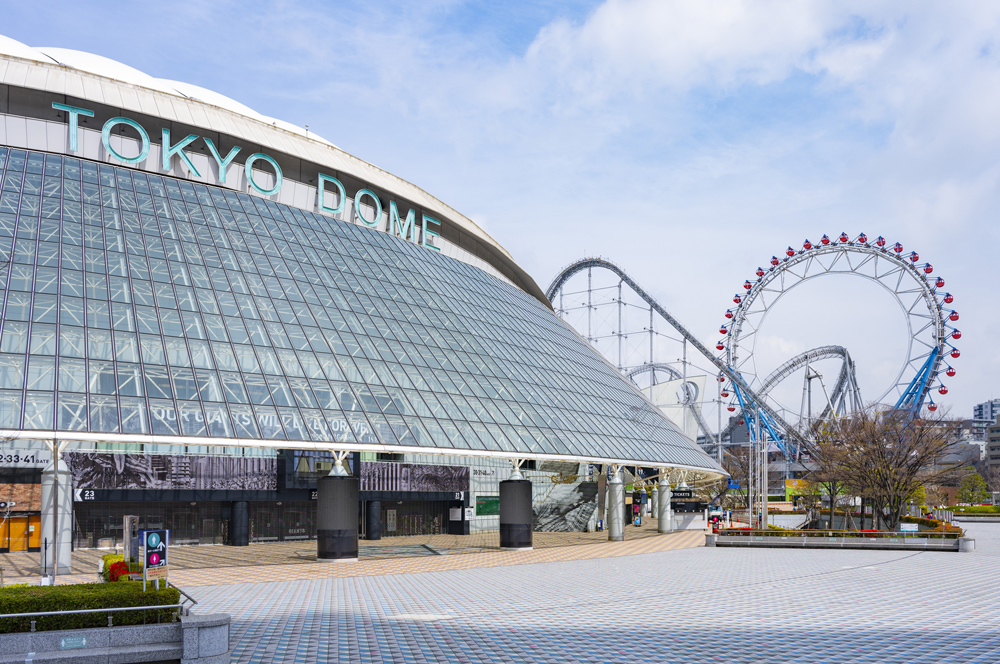
❸ Tokyo Dome City
Tokyo Dome City is an entertainment hub centered around Tokyo Dome, where visitors will find an amusement park, a natural hot spring, shops, restaurants, and more. You can spend an entire day watching major league baseball, enjoying the rides, going to the spa, bouldering, or roller skating.Suidobashi (JR, Subway), Korakuen (Subway)
https://www.tokyo-dome.co.jp/en/tourists/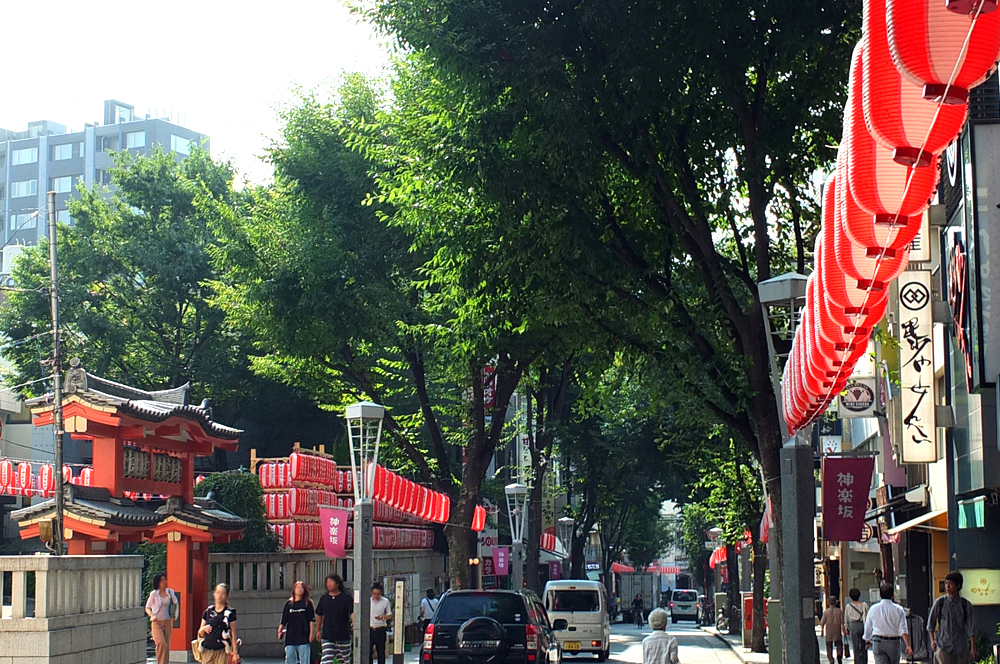
❹ Kagurazaka
Kagurazaka is one of the geisha towns where geisha culture still pervades. Slip into a side street, and you’ll find cobblestone pavements, small paths, and traditional Japanese houses alongside the historic shrines and temples. In recent times, the neighborhood has been dubbed “Little Paris” for its trendy restaurants, variety stores, and shops.Kagurazaka (Subway), Ushigome-kagurazaka (Subway), Iidabashi (JR, Subway)
https://www.kagurazaka-6.com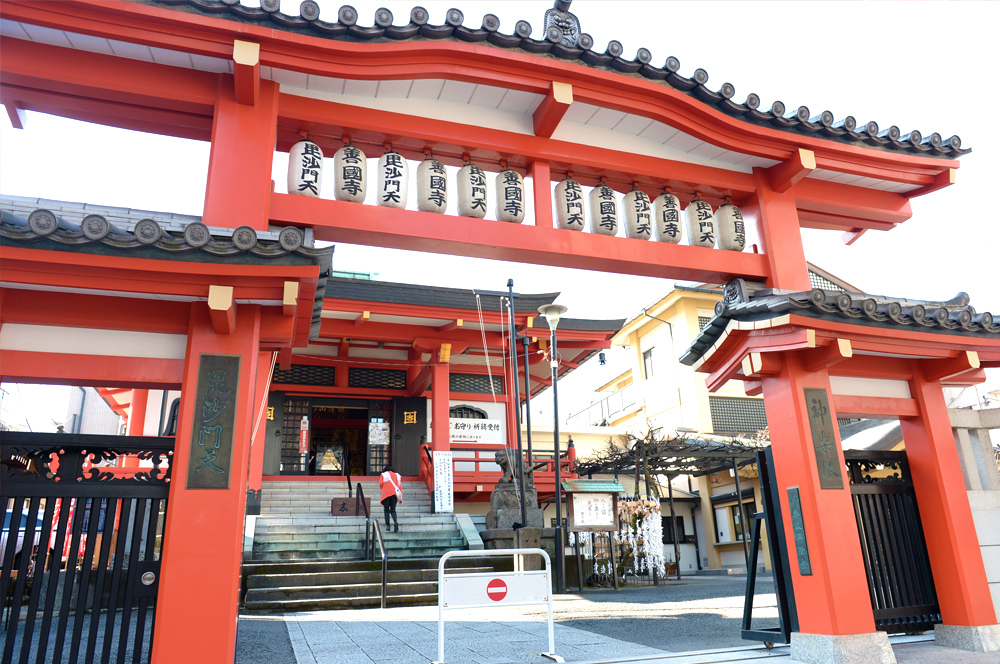
❺ Bishamonten Zenkokuji Temple
This temple is known as the symbol of Kagurazaka. Established in 1595, it is dedicated to Bishamonten, a deity that has been worshipped in India since ancient times. The temple offers blessings for prosperous business, victory, and good luck.Kagurazaka (Subway), Ushigome-kagurazaka (Subway), Iidabashi (JR, Subway)
https://www.kagurazaka-bishamonten.com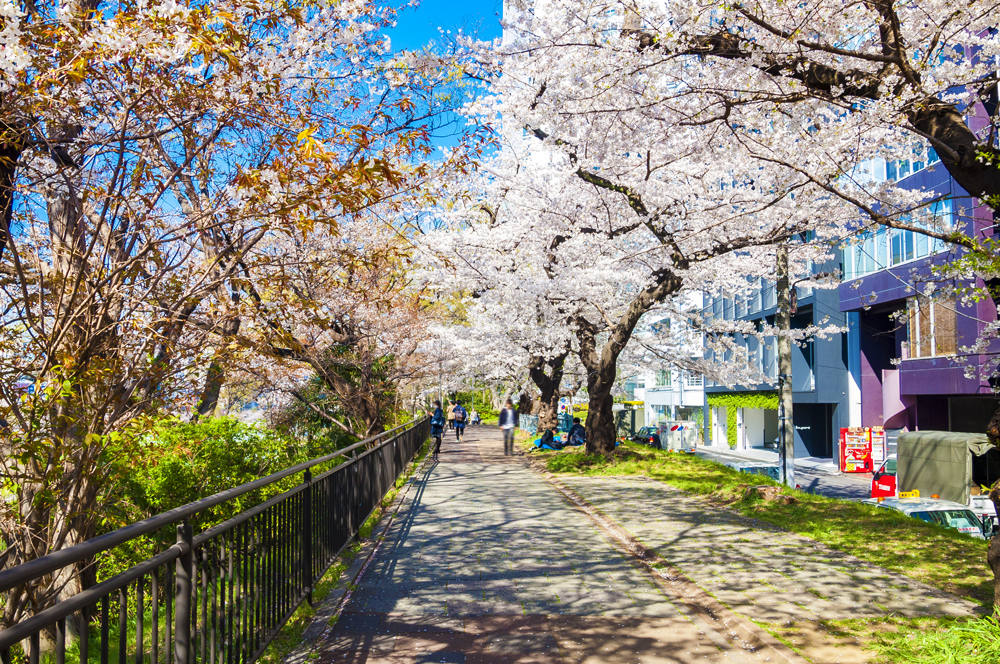
❻ Sotobori Park
Sotobori Park is well known for its cherry blossoms. Remnants of Edo Castle’s outer moat can be found between JR Iidabashi Station and Yotsuya Station, with a section of it being developed into a park. Visitors can appreciate the 2-kilometer row of cherry blossom trees stretching down along the moat.Cherry blossoms are usually at their best in March to April.
Yotsuya (JR, Subway), Ichigaya (JR, Subway), Iidabashi (JR, Subway)
https://visit-chiyoda.tokyo/app/en/spot/detail/274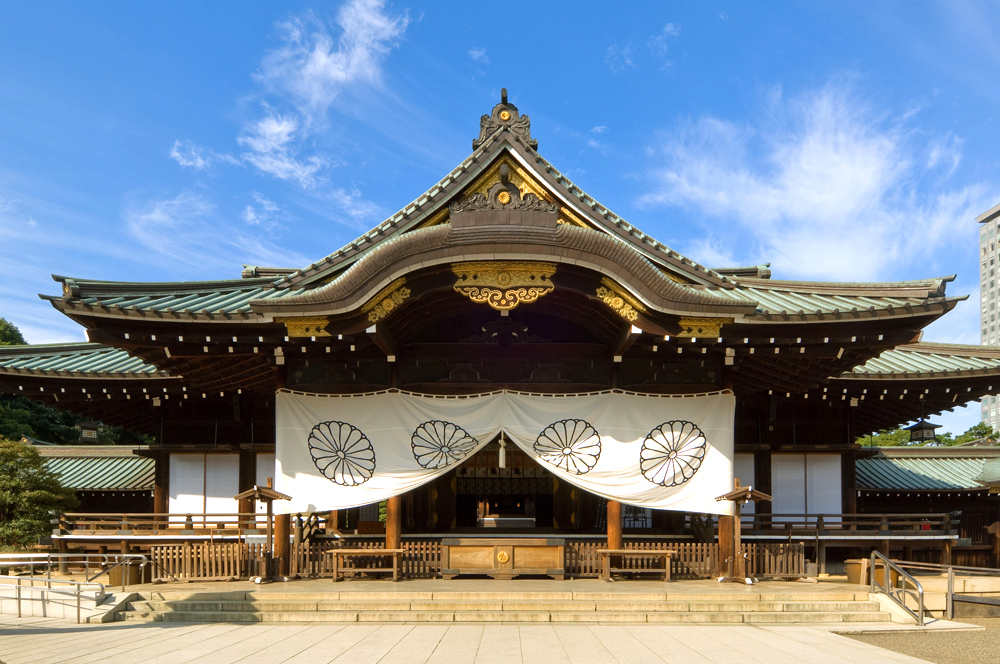
❼ Yasukuni Shrine
Founded in 1869 by the will of Emperor Meiji, this shrine honors those who fell in battle until the Greater East Asia War. It is also known as a famous spot for cherry blossoms, as it houses the benchmark cherry tree designated by the Tokyo Meteorological Observatory.Kudanshita (Subway), Iidabashi (JR, Subway), Ichigaya (JR, Subway)
https://www.yasukuni.or.jp/english/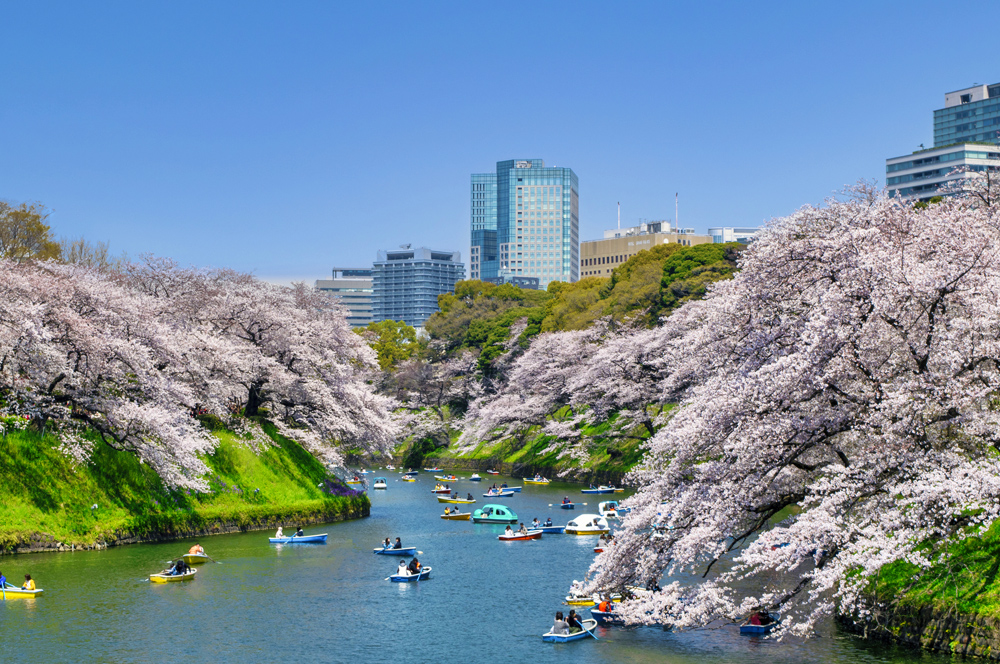
❽ Chidori-ga-fuchi Moat
This 700-meter promenade is well known as a cherry blossom viewing spot. Roughly 260 cherry blossom trees, such as the Someiyoshino, are planted here. Visitors can see them in full bloom from late March to early April. Also popular is the Chidori-ga-fuchi Boat Pier, where the cherry blossoms can be seen from the water’s surface.Kudanshita (Subway), Hanzomon (Subway)
https://visit-chiyoda.tokyo/app/en/spot/detail/446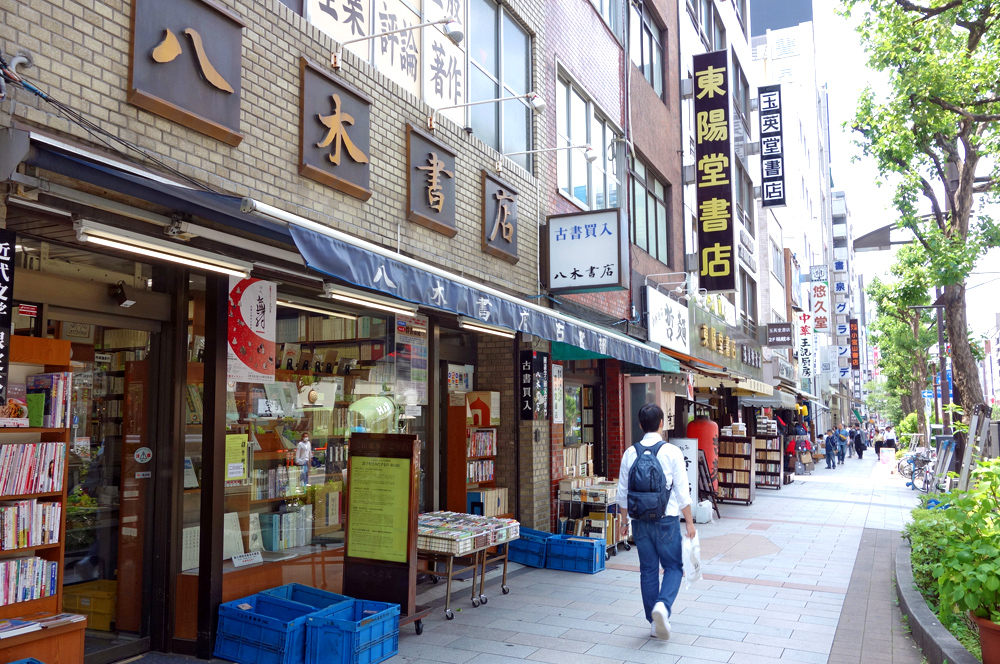
❾ Kanda Secondhand Books Area
This is Japan’s most recognized used-bookstore district. Up to 130 used and regular bookstores stand along the 450-meter-long street. The area is also known as a “curry battlefield,” home to restaurants specializing in various curries such as Western-style, soup, and Indian.Jimbocho (Subway)
https://visit-chiyoda.tokyo/app/en/area#area04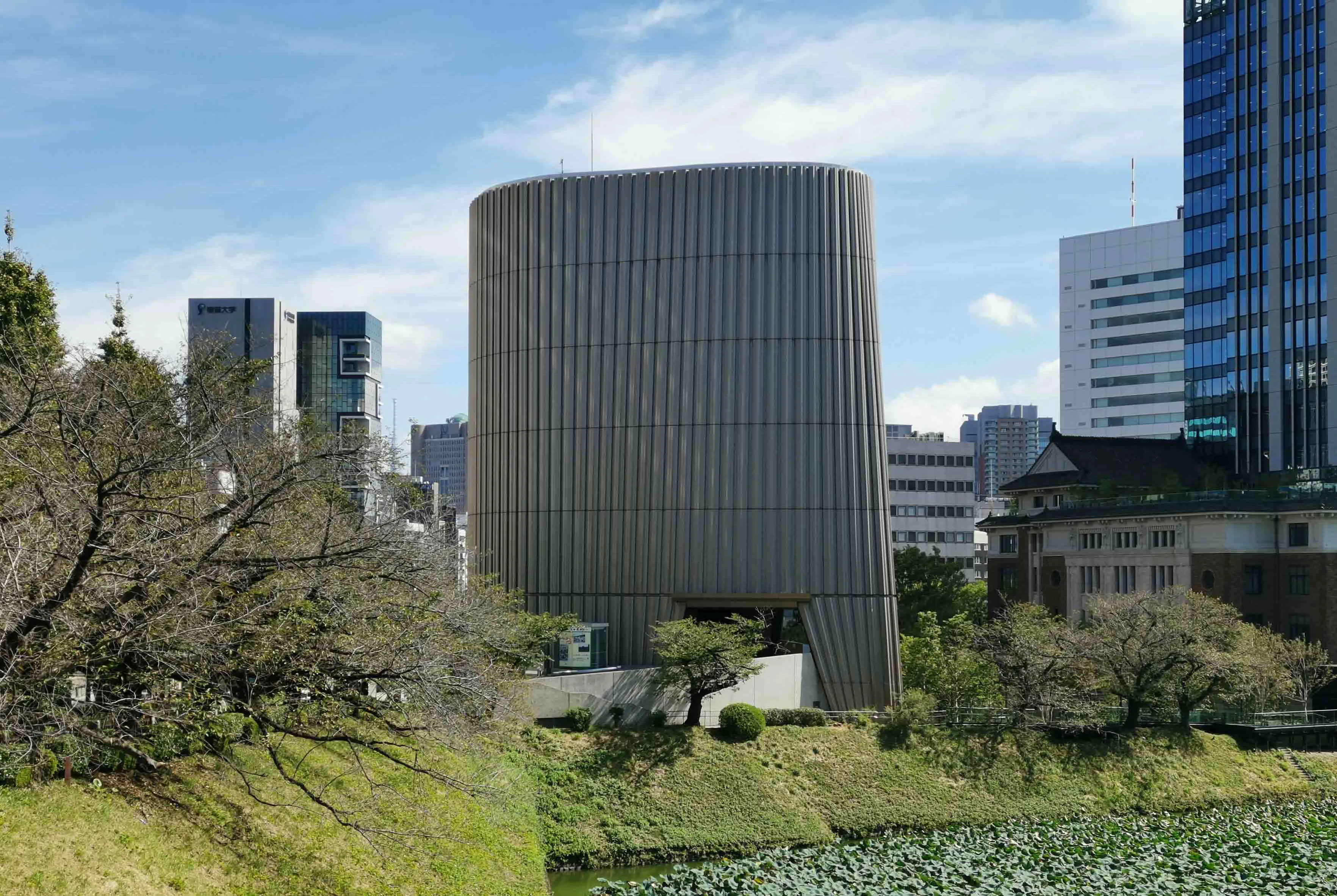
❿ Showakan
The Showakan is a collection of information about the lives of the people during and after the war (from around 1930 to the 1930s). Located in Kudanminami, Chiyoda-ku, Tokyo, it was built with the purpose of passing on the hardships of labor to the next generation. This is a national facility.Kudanshita Station (subway): 1 minute walk from Exit 4 of the Tozai Line, Hanzomon Line, and Toei Shinjuku Line
https://www.showakan.go.jp/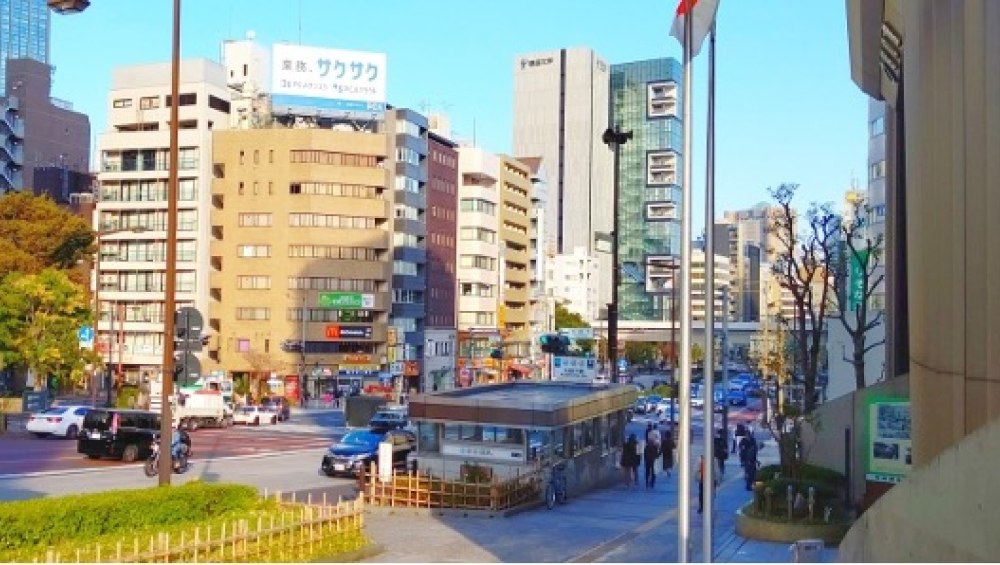
⓫ Kudanzaka
This is the slope that goes up from the Kudanshita intersection to the south side of Yasukuni Shrine. The origin of the name "Kudan" is said to be because nine official residences of officials in the Fukiage Garden of Edo Castle were lined up in the middle of the slope, or because it was a steep slope with nine stone steps in the Edo period. Since it is a slope in Iida-cho, it was also called "Iida-cho-zaka" or "Iida-zaka" in the old days.Kudanshita (subway), Hanzomon (subway)
https://visit-chiyoda.tokyo/app/spot/detail/511
